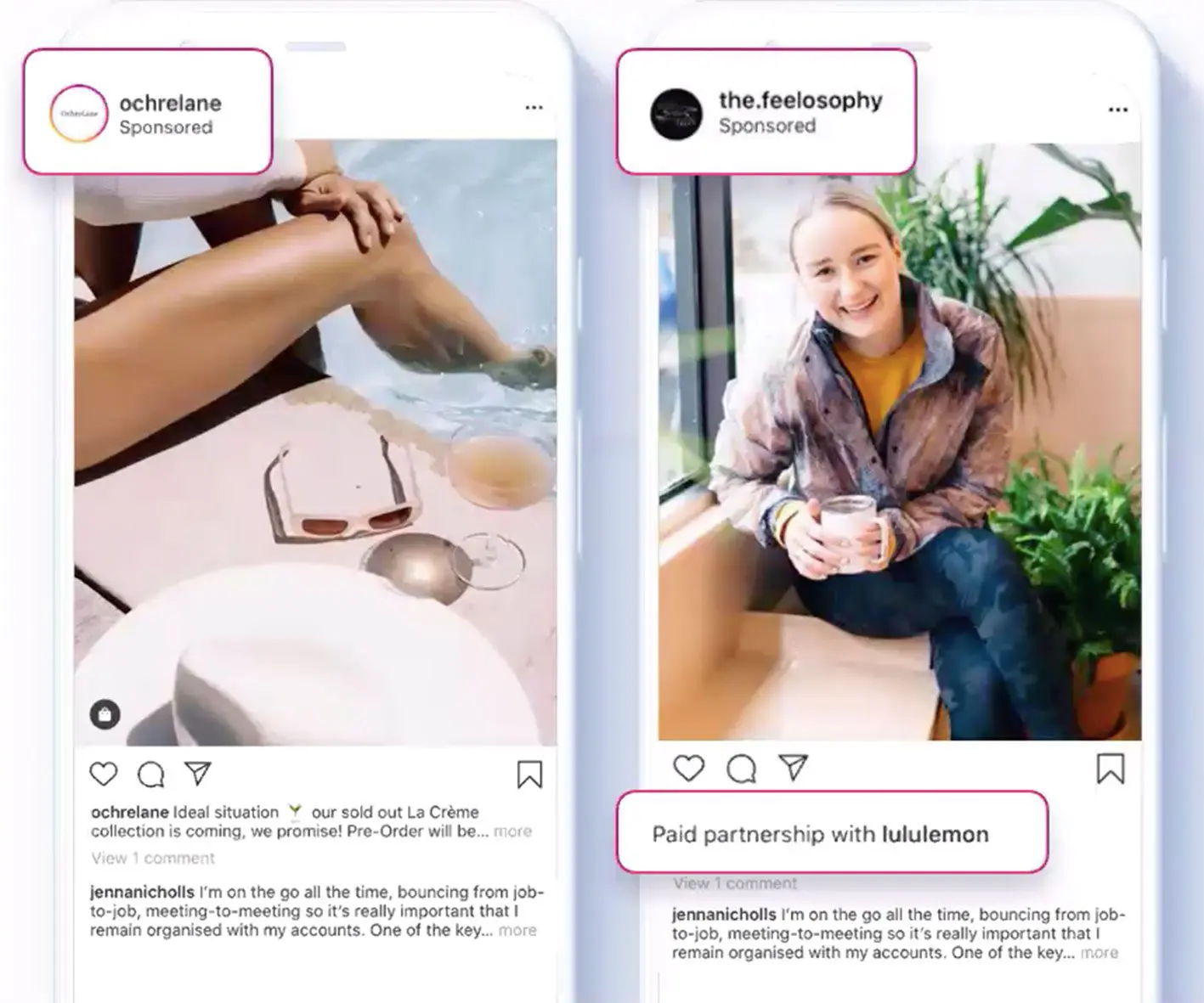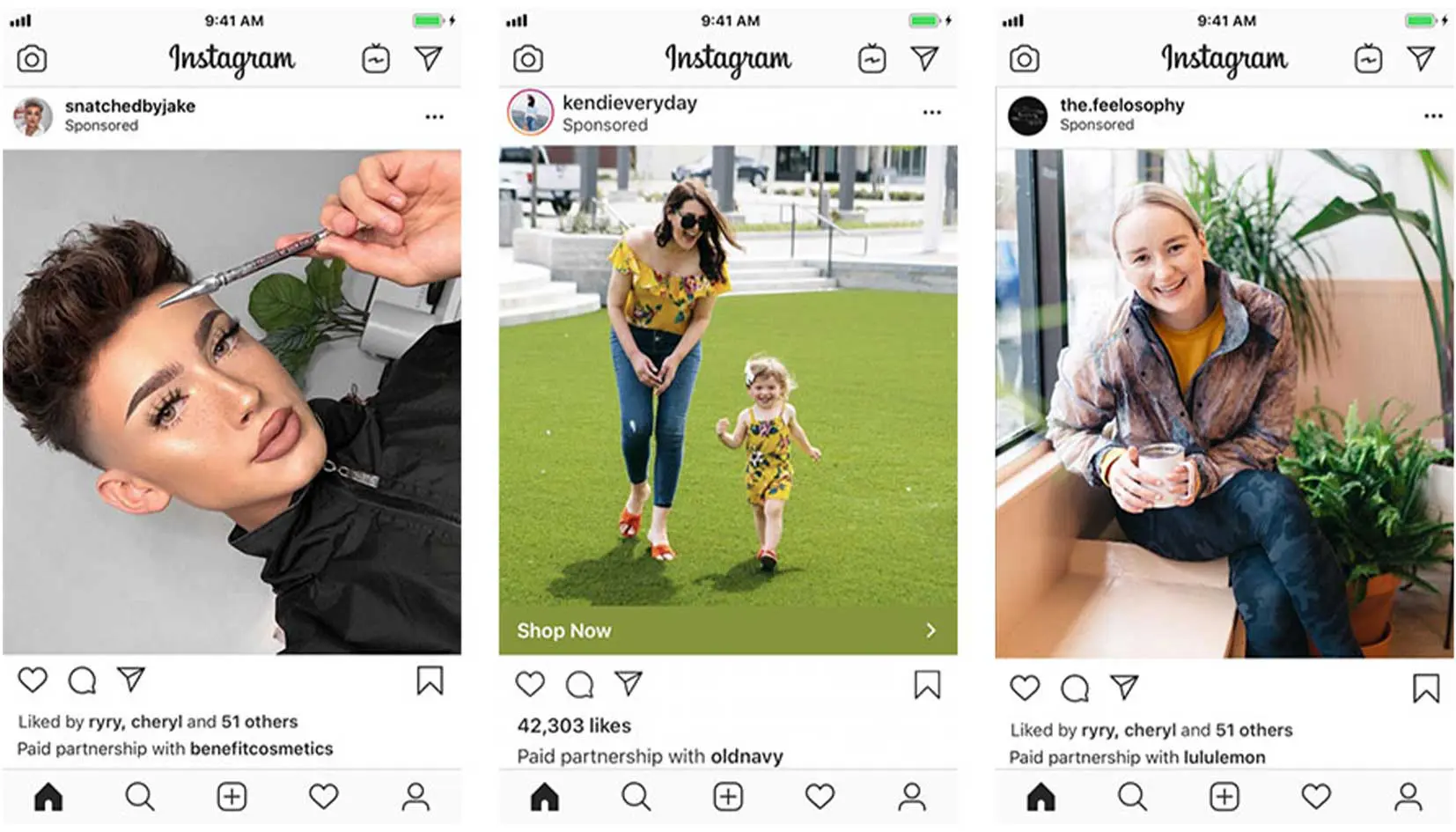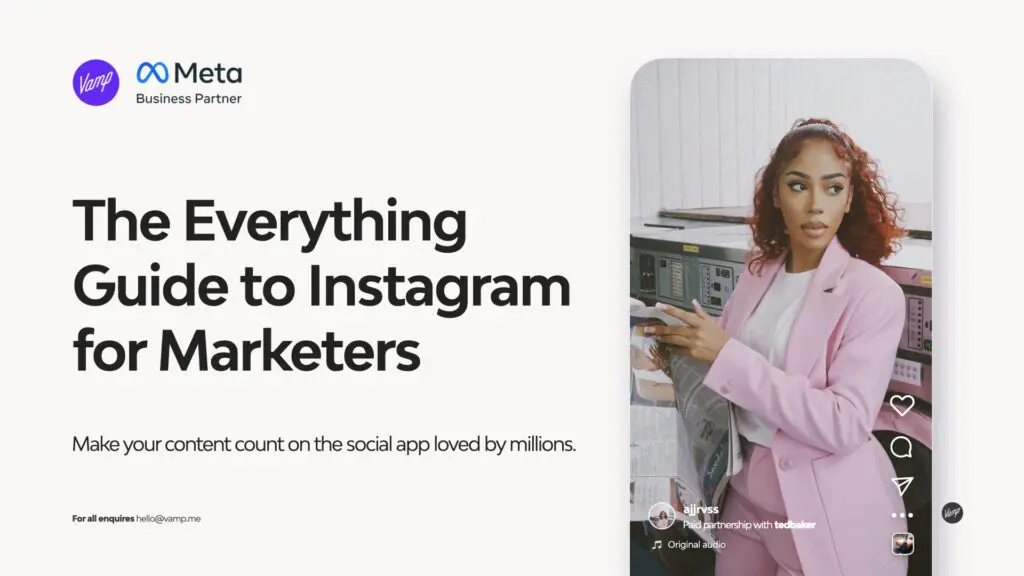First published in
Vamp’s ultimate guide for brands using Instagram’s new ad option that will supercharge your influencer marketing results.
Marketers are dedicating more money towards influencers every year. In fact, 57% have said they’re planning to increase their influencer-collaborations budget in 2020. This escalating trend isn’t just brands jumping on the band wagon - influencer marketing is proving to be successful. 80% of the marketers we surveyed said influencer-generated assets performed the same or better than brand-created assets, and 61% of 18 to 34 year olds have, at some point, been swayed in their decision-making by digital influencers.
Brands still want more. They want to know they're reaching the right people, that their content is engaging and is earning them ROI. The problem is, that while the amount of brands investing in influencer marketing is increasing, only 18% of marketers say they are able to integrate their results into overall digital marketing ROI calculations.
This is why we believe more marketers should be paying attention to Instagram’s Branded Content tool - the platform’s latest offering to boost reach, improve targeting, aid measurement and enable frictionless social shopping.




